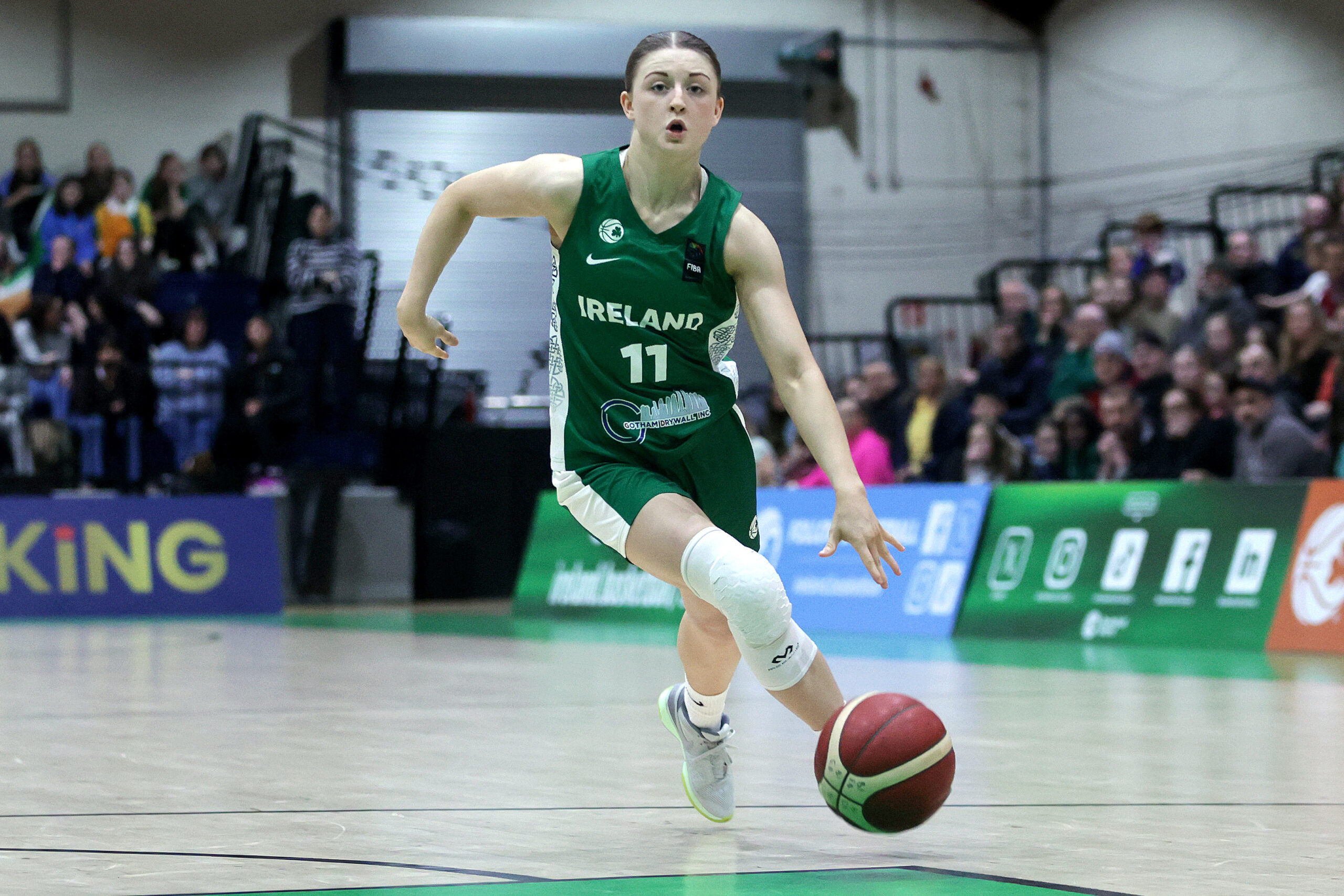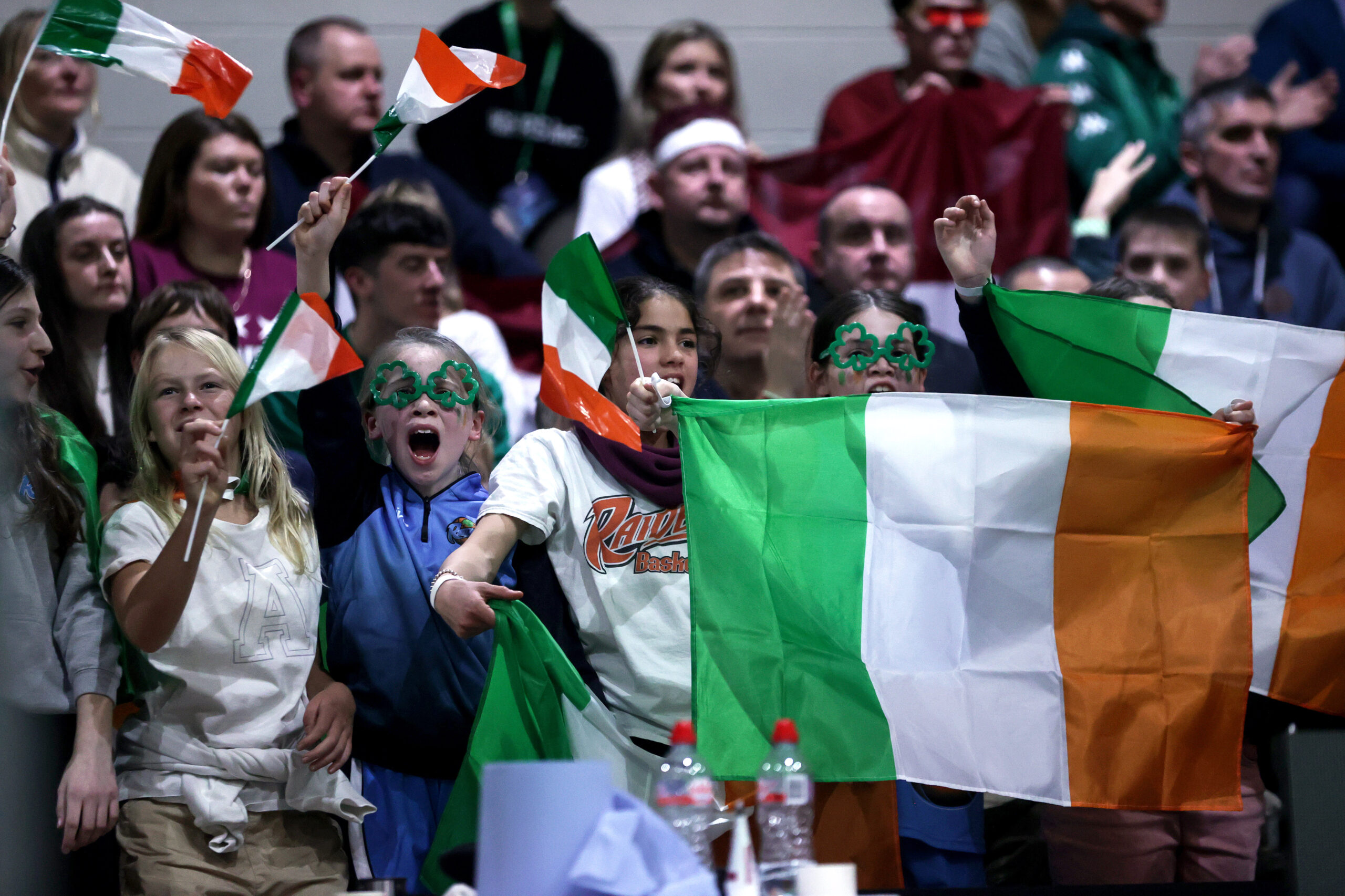
The surge in consumer interest and investment in women’s basketball in the US has made it a rising star among sponsors. Yet on this side of the Atlantic, women’s hoops as an entity is a cost sink. Emmet Ryan on the issues, opportunities, and challenges ahead.
There’s money in women’s hoops Stateside at a level not seen before. Europe is failing to find ways to generate spend on the same level. Marketing fundamentals are being ignored but the issue goes deeper.
Real money impact
The amount being spent by broadcasters and sponsors of women’s basketball in the US has leaped forward by extraordinary amounts. This goes for both NCAA and WNBA hoops. The broadcast deal for the NCAA Tournament went from a value of between $6 million and $8 million annually with ESPN in 2014 to $65 million for the season that is currently underway. That’s between a 9 and 10 fold increase in value.
WNBA franchise valuation has risen commensurately. In 2014, the average cost of a team in the most high profile women’s basketball league on earth was just $10 million. It’s now north of $100 million and rising. League revenue hasn’t quite matched that pace but is still on an obvious growth trajectory, up from $35 million to around $200 million.
Then there are individual players. Caitlin Clark’s current endorsement portfolio is worth around $30 million. A’Ja Wilson is likely also in the eight digit range while Angel Reese, Sabrina Ionescu, and Breanna Stewart have all proven themselves as brand earners. That’s ignoring the impressive NIL deals of current college players like Paige Bueckers.
A flubbed advantage
The NBA will always be much bigger than anything Europe has to offer. The same is not quite true for the WNBA. The lower salaries in the latter meant that many of its biggest stars doubled up. Breanna Stewart’s first quarter explosion in the championship game of Euroleague Women in 2023 was however a last hurrah.
With the deals for WNBA players now requiring them to prioritise that league, the annual flow across the Atlantic has ceased outright. The result? Well Euroleague Women is still great but it has to build its own stars without them coming ready made. It’s something the sport here as a whole should have been focusing on for a long time. Now, it’s being forced to catch up.
All the while very large amounts of money are being sunk directly into player salaries. That’s great, get that bag. What’s being missed is the need to invest around that. Building a fanbase and wider fan interest comes with telling stories. It’s a tale even older than the concept of marketing. Yet there seems to be a shruggie emoji coming in response. There’s no targeted investment in women’s basketball in Europe because there’s insufficient interest. I shouldn’t need to write the follow up sentence to that.
BallinEurope is ramping up its YouTube game this season. Subscribe to our channel now for player exclusives, analysis videos, and much more.
About the two core excuses
Let’s tackle the core one head on, and it’s not the previous sentence. Basketball, as a whole, doesn’t make money in Europe. That’s true but is also visibly changing. Panathinaikos, which essentially existed at the generosity of the Giannakopoulos family for years, is now a money maker. Many readers here no doubt have many things to say about Dimitris Giannakopoulos. They should also have no doubt that he clearly knows what he’s doing as an owner. The Greens now generate positive revenue in the eight digit range.
Several men’s sides across Europe, not just at the top level, are moving towards profitability. Those that did have managed so by investing in more than the players. Talent on the court is always important but the infrastructure behind them is doubly important. It not only generates the revenue to pay them, it can turn them into assets that make the overall entity more capable of making money.
Then there’s the US itself. The WNBA has made a bunch of errors in misunderstanding its revenue potential since inception. It took the guts of two decades to realise it had strong traction with the LGBTQ+ market. It also failed to recognise the need to promote out of season, watching as players traveled to get paid, instead of investing in brand building. The NCAA doesn’t escape here either. It took the Kaplan report to realise the women’s NCAA Tournament was undervalued by the NCAA itself. In short, the Americans had to learn to get better. Europe can do the same.
BallinEurope has a book, a real life actual book called I Like it Loud, and you can buy it on Amazon now. It’s here as a book and here in Kindle form.
Building a product
The other big excuse is the supposed continent wide apathy for women’s sport. That’s wildly overplayed and somewhat self-fulfilling. The ‘can’t see, can’t be’ campaigns infuriate me. Those behind them are doing stellar jobs. I’m annoyed by them because we’re still at the stage where they are necessary.
Europe is a place where women have been built as stars in multiple sports. It’s no accident that most were solo sports, where the equivalent of the club administrator was essentially also the athlete, so they took full charge to see what they could do.
When the work is put in, it becomes quickly apparent how relatively small investment can generate return quickly. Every agent and PR agency I speak with across sport, and there are many, has found the appetite for investment in women’s sport is there. To get access to that money it really requires just the fundamentals. Have a plan, have a story to tell, show the brand how they are more than just a name slapped on a shirt.

Edel Thornton led Ireland in front of a packed house against Latvia in the EuroBasket Women qualifiers ©INPHO/Laszlo Geczo
Learn from others
One of my many hats (self-employment combined with autism is quite the cocktail) is commentating on women’s football. These are mainly Serie A Femminile in Italy and Damallsvenskan in Sweden. The latter gets quite impressive crowds, the former not so much.
Both however are working on building an audience. That the latter isn’t doing as well as the former doesn’t mean it never will, it just means it needs to address how it is working on it. Hearing Inter fans, albeit not many in number, roaring Lina Magull’s name is something worth building on. It’s something that we simply aren’t seeing being developed with the same mindset in women’s hoops.
England remains the standard bearer in terms of developing the marketing potential of women’s football but the impact is visible across the continent in pockets and across multiple sports. By understanding that a women’s sports brand, sorry for the b word, is both its own entity and part of a wider group it can build something. Essentially, you can create a greater value for the whole entity by building it up.
I’ve even seen it first hand with women’s football in Ireland. Dads I know who didn’t go to the men’s League of Ireland regularly started bringing their daughters to women’s teams games. Guess what happened? Yes, more fans for the men’s team too. This is basic stuff folks.
About Ireland
My homeland is not exactly a heartland for basketball in Europe. Yet it is showing smart work there. The women’s national side had a sold out crowd for its international with Latvia last weekend. This despite the team being 0-10 this decade in EuroBasket Women qualifiers.
The team captain, Edel Thornton, was mobbed by young fans afterwards. She was the norm. Stories get told, young people get interested, opportunities are created. It’s not that complex.
The game prior to that, a drubbing to France, had a full house in Chalon sur Saône, with thousands of loud French fans. There is obvious potential there around national sides. International windows have been a positive for the women’s version of the sport. There is a raw entity to build on.

Building interest in women’s basketball mostly requires getting the fundamentals right ©INPHO/Laszlo Geczo
Why not collaborate?
The end of the flood of WNBA stars to Europe every autumn looks terrible on paper. In truth, it’s a necessary bandaid being ripped off. It forces us in Europe to examine what we can do with women’s basketball here.
It also creates an obvious opportunity for collaboration. For all the talk of the NBA setting up some kind of presence in Europe, there’s a clearer opportunity for the WNBA to use it. It’s far less complicated politically, FIBA is the overarching body of the top tier in Europe. That creates a single negotiating partner to build something with.
Couple that with a far less developed market in women’s basketball than men’s, particularly when it comes to entrenched fandom, and there’s room to sculpt and shape the product-market fit. Any collaboration would likely be far cheaper than in men’s hoops, undoubtedly less complicated, and offer a better return on investment ratio.
Closer to home
While a WNBA/FIBA crossover in Europe is only a hypothetical, there are real-world examples worth following. Alba Berlin has made great strides in developing interest in its women’s side. This has leveraged the existing interest in the men’s side while still developing a core identity for its women’s side. Paris Basketball’s women’s side plays in France’s fourth tier yet is working to generate interest to build a viable brand there.
Neither of these examples involve bank-breaking investments. What is required is work beyond finding and paying playing talent. The WNBA and NCAA utterly failed at maximising their potential audiences for decades. They also struggled to understand that there was such an audience out there to be reached.
The sad reality is that it’s easy to stand pat. Accept that things won’t get better because they never have before. I’m grey haired, far from at my athletic peak, missing three teeth which will soon be four, middle aged, and have to worry about bills constantly. Just sleeping in and chilling could be absolute bliss for me. Except I want more and I know I can have it. So I go out and write long think pieces on subsections of sports business as part of a wider plan. If I can do that and refuse to stand pat, then the brain trusts across European women’s basketball can do the bare minimum and think before throwing darts at the wall.




Leave a Reply